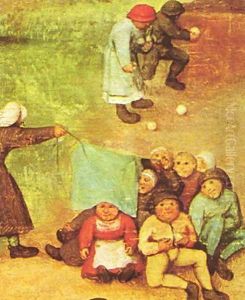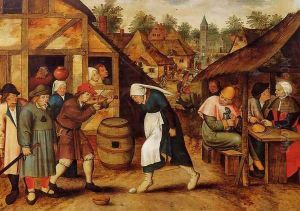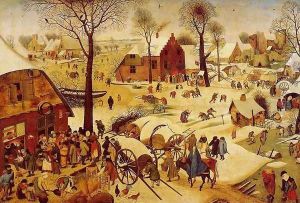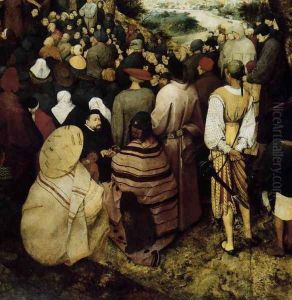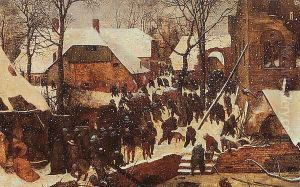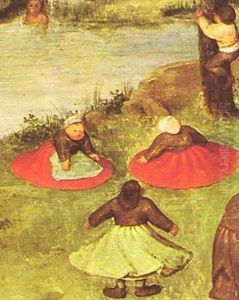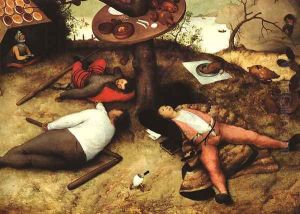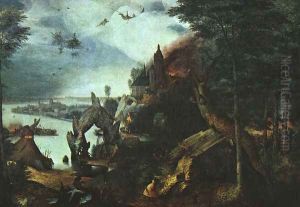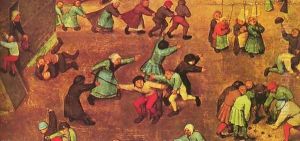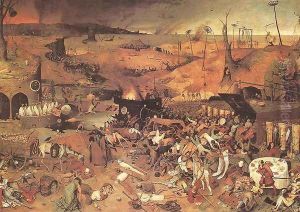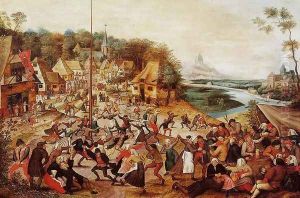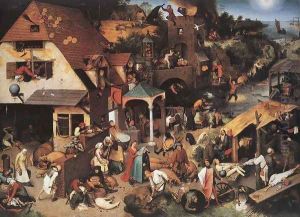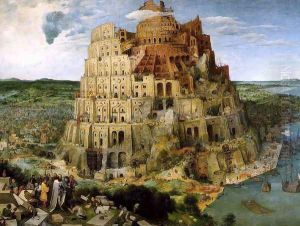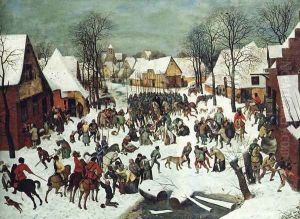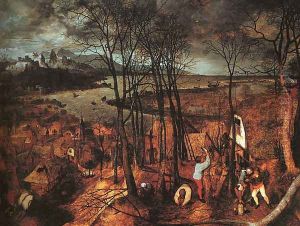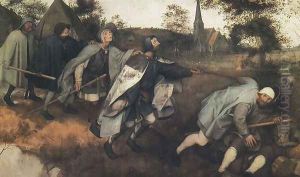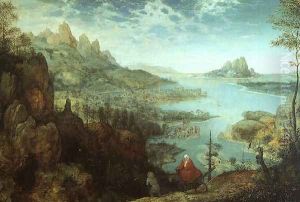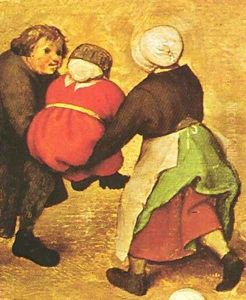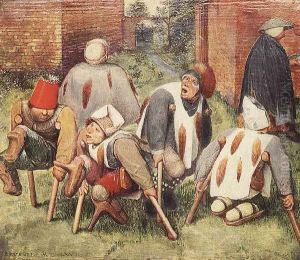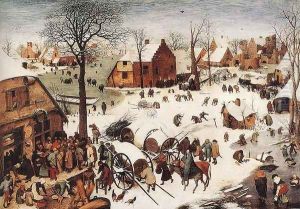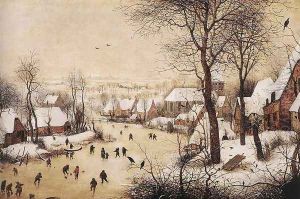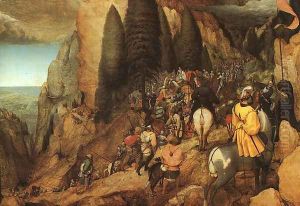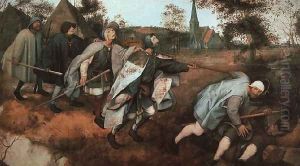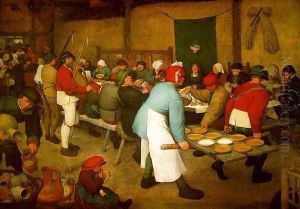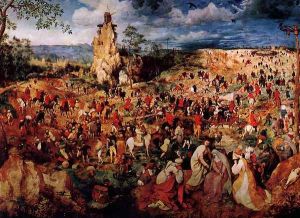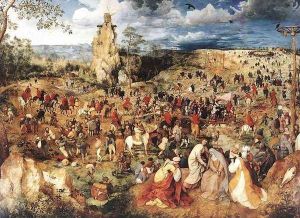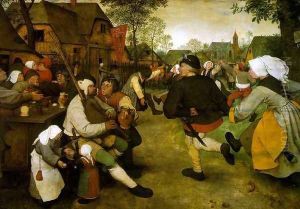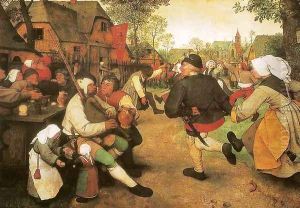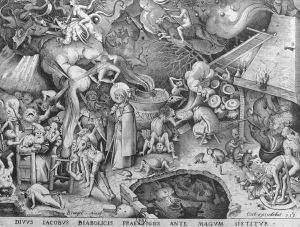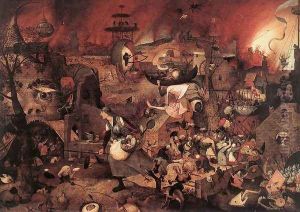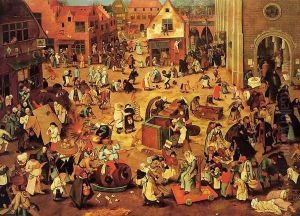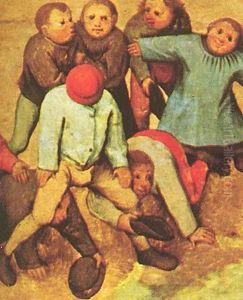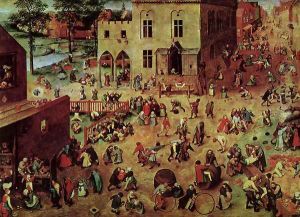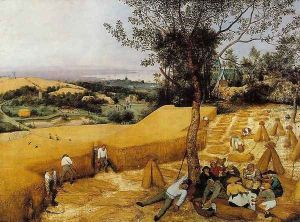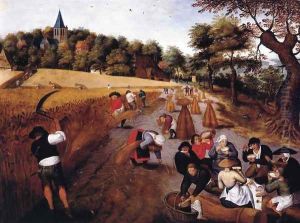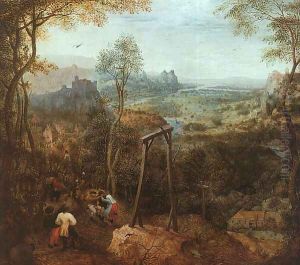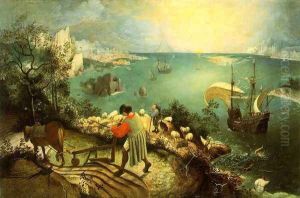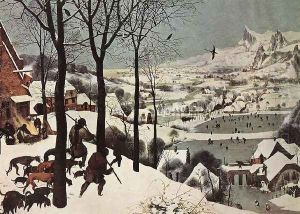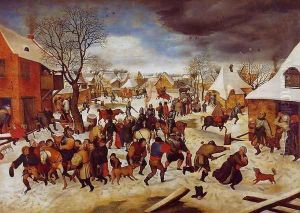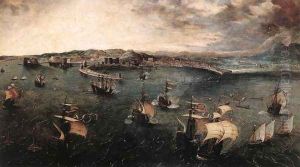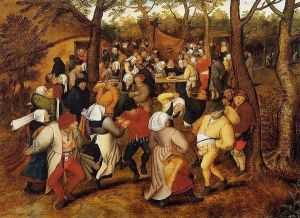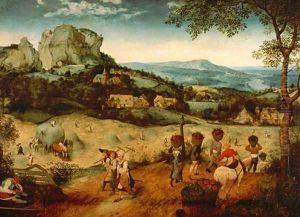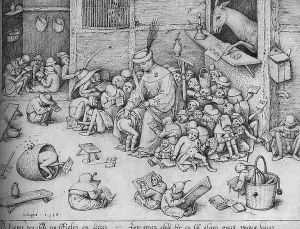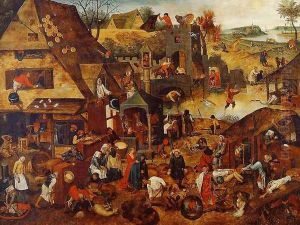Pieter the Elder Bruegel Paintings
Pieter Bruegel the Elder was a seminal Flemish artist of the 16th century, known for his landscapes and peasant scenes. He was born around 1525-1530 in the Netherlands, part of the Habsburg Netherlands during his lifetime. There is little definitive information about his early life, but it is believed that he studied under Pieter Coecke van Aelst, a leading Flemish artist of the time. Bruegel's career began in earnest when he traveled to Italy in the early 1550s, where he was profoundly influenced by the landscapes and the works of Renaissance artists. Upon returning to the Netherlands, he settled in Antwerp, one of the centers of the art world in Europe.
Bruegel's work is distinguished by its innovative approach to landscape and genre painting. He was among the first to focus on landscapes for their own sake, rather than as backgrounds for historical or mythological scenes. His landscapes were detailed and expansive, offering a panoramic view of the natural and human world. He is also known for his keen observation of human life and his depiction of peasant life, which was groundbreaking in its dignity and detail. Unlike many of his contemporaries who idealized their subjects, Bruegel portrayed peasants with realism and empathy, capturing the rhythms of their daily lives and the harsh realities of rural existence.
Among his most famous works are 'The Hunters in the Snow', 'The Tower of Babel', and 'The Peasant Wedding'. These paintings are notable for their intricate detail, vibrant storytelling, and the way they capture the essence of the times. Bruegel's work had a profound influence on the Dutch and Flemish painting, setting the stage for the baroque style that would dominate European art in the next century. His sons, Pieter Brueghel the Younger and Jan Brueghel the Elder, also became prominent painters, continuing the artistic legacy of their father.
Bruegel died in Brussels in 1569, leaving behind a body of work that continues to be celebrated for its originality, depth, and insight into the human condition. Throughout the centuries, his paintings have remained relevant, resonating with audiences for their portrayal of universal themes and the timeless nature of human experience.
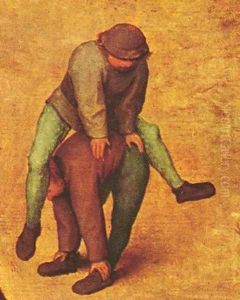
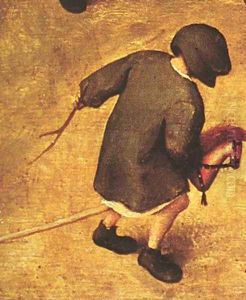
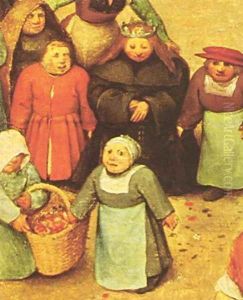
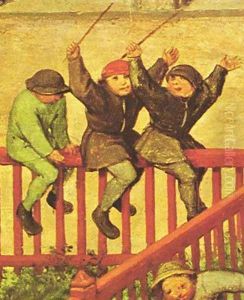
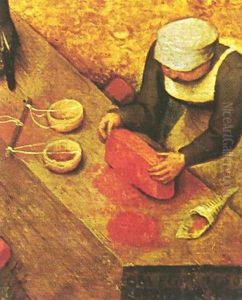
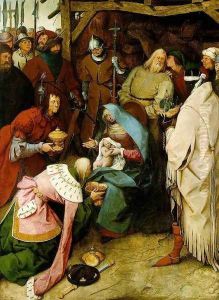
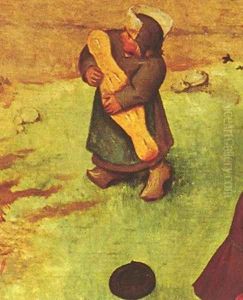
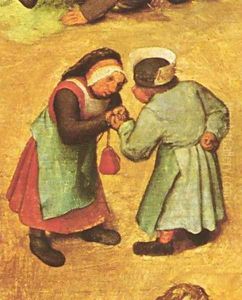
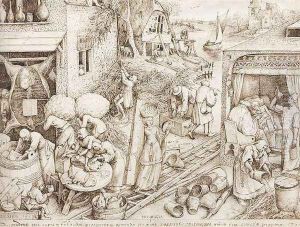
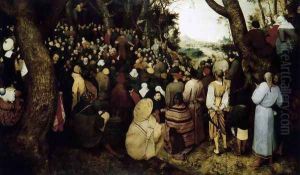
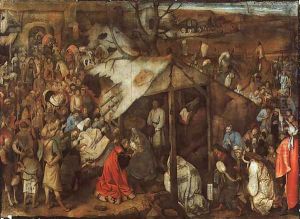
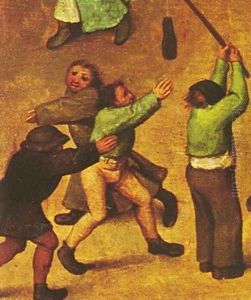
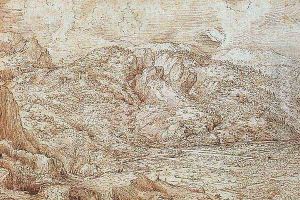
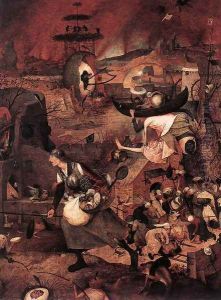
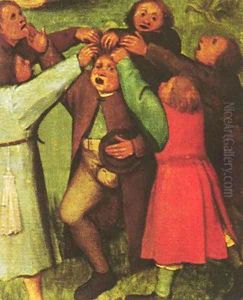
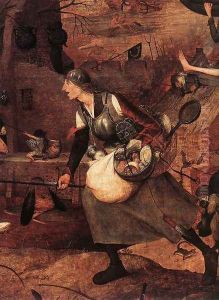
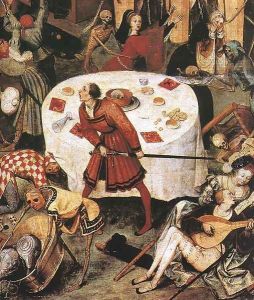
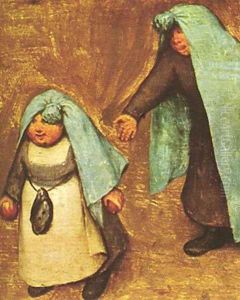
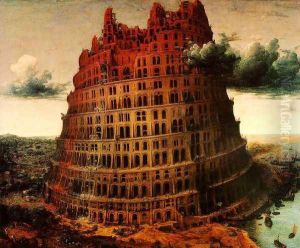
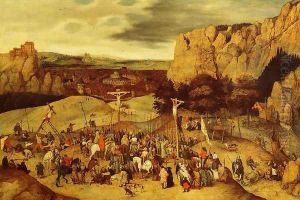
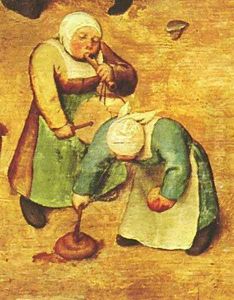
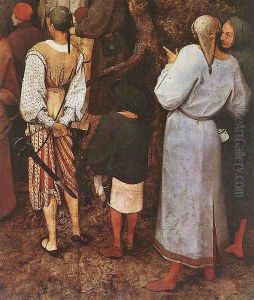
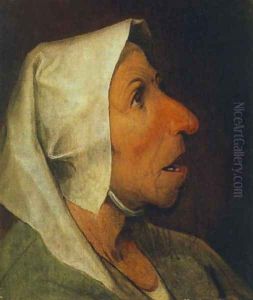
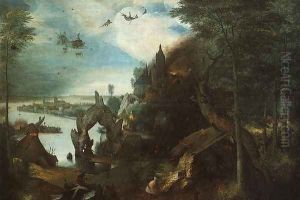
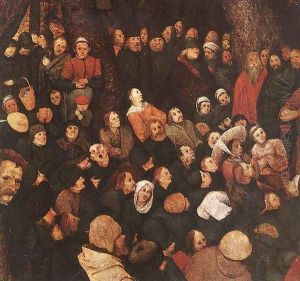
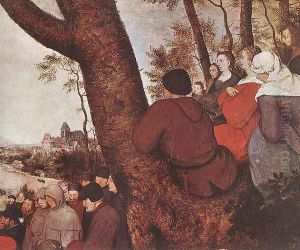
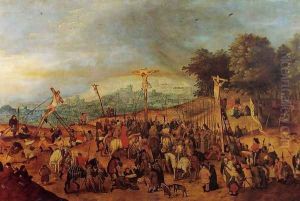
![The Procession to Calvary [detail]](https://www.niceartgallery.com/imgs/107519/s/pieter-the-elder-bruegel-the-procession-to-calvary-detail-6a7e959e.jpg)
